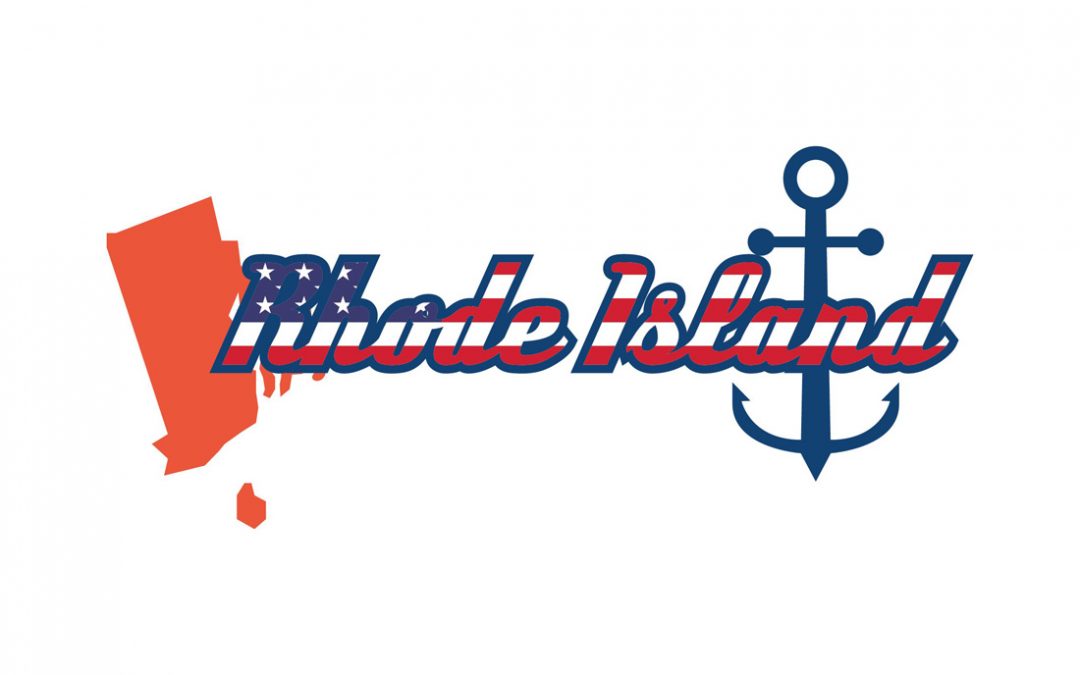You might want to think twice before leading with any size jokes about Rhode Island. Yes, it is the smallest state in the nation. It’s 48 miles long and 37 miles wide, covering an area of just 1,214 square miles. But dynamite, as they say, comes in small packages.
It turns out that our country’s smallest state actually has the longest name. Rhode Island’s official name is Rhode Island and Providence Plantations. Then there’s the matter of what’s been determined to be the world’s biggest bug. It resides on the roof of New England Pest Control in Providence. This blue termite is 928 times the size of an actual termite, putting its length at about 58 feet.
So, are Termites a Problem in Rhode Island?
Interestingly enough, not really. Obviously, they’re enough of an issue for Rhode Island residents to have need of pest control businesses, but termite infestations aren’t something that keep people up at night. And, while there are plenty of interesting things to know about the smallest state, let’s stick to the subject of termites for a while. They might be a bit more interesting than you think.
- Termites are well groomed: They’re not attractive—at least from human standards—but these insects have extremely high hygiene standards. Termites constantly clean each other to keep parasites and other harmful agents off their bodies.
- Most termites are blind: Why bother with things you don’t need…like eyesight? Worker termites—the ones who do damage to wood—are blind. They spend the majority lives nested deep underground in the soil, until it’s time to munch away on wood. Termites with wings have eyesight. They need it to leave the colony so they can fly, and reproduce.
- Termites have been around since the time of the dinosaurs: Termite fossils date back over 100 million years. They share an ancestor with the cockroach that can be dated back as far as 300 million years ago.
- Termites are important: No, really! We certainly don’t want them munching away at the wood in our homes of businesses, but termites perform a greatly needed service. Termites break down plant fibers lf all kinds, and that’s what keeps forest soil healthy. It’s just that sometimes, the wood in our house or office gets put on their menu.
Miracle Truss® Buildings are Not on the Menu
Our metal buildings feature a simple and strong clear-span web steel truss construction method. They’re made for the do-it-yourselfer in mind. The steel trusses come in four easy bolt-together pieces that are test assembled at the factory.
The most important part of our buildings—which would also be what’s on the menu for termites—are made of steel. There are no wood poles in the ground, and that means your Miracle Truss® building is designed to last generations. Wood is used only for secondary members on the outside of the steel trusses and can even be swapped our for steel purlins and girts upon request.
Whether it’s termites or the occasional snowstorm—and there have been a few hurricanes—our buildings are engineered to be strong and maintenance-free. The truss structure stands up to excess weight, like that of a giant blue 58-foot-long termite. Just in case one of them decides to land on your roof.
Want to know more about our termite-resistant buildings? Contact us and we’ll load you up with useful information. We’ll ask for things like your ZIP Code, where you plan to put up your building, and what you will use it for—but it’s not because we’re snooping. It’ll help us assist you in planning for a low-cost, low-maintenance, high-value addition to your property.



